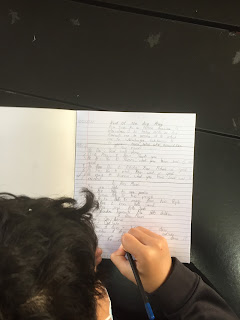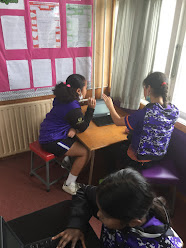Teach and respond to learners in a
knowledgeable and adaptive way
to progress their learning at an
appropriate depth and pace.
Use an increasing repertoire of teaching strategies, approaches, learning
activities, technologies, and assessments for learning strategies and modify
these in response to the needs of individuals and groups of learners.
Project-Based Learning is one of the best teaching strategies to engage students with diverse needs in a meaningful and effective way.
Here, the students are engaged in project-based learning by working together to fulfill their segment of the whole project. While the students are enjoying the collaborative nature of the learning tasks, it also gives them an opportunity to support each other for the benefit of the whole group.
Provide opportunities and support for learners to engage with, practice, and
apply learning to different contexts and make connections with prior learning.
This project allows students to make connections with prior learning where they apply measurements, their ability to mark straight lines accurately before cutting, and the ability to use available learning tools such as hot glue guns in a safe and correct manner.
Teach in ways that enable learners to learn from one another, collaborate, to
self-regulate, and develop agency over their learning.
Project-Based Learning permeates students to collaborate through completing their segment of the whole project. Each student is responsible for fulfilling his/her role for the successful outcome of the group effort.
Quite a wide range of Learner Agency are I action in project-based learning. Student voices are consistent and take over from the teacher. The students are the drivers of their learning and they navigate the pathway to success.
Ensure learners receive ongoing feedback and assessment information and
support them to use this information to guide further learning.
As soon as students complete one stage of their project, they hand it in to the teacher for feedback. The teacher assesses the stage that has been completed and decides whether further work is required or if the students are ready to move to the next phase.
With the teacher's approval, students move on to the next phase with great satisfaction of completing the successive stages leading to the next.


































